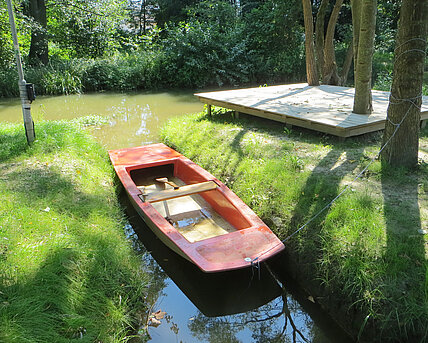Alfred Lenz works in Vienna and Studenzen / Styria. He studied Transmedia Art at the University of Applied Arts in Vienna and Sound Technology at the Tone Art in Vienna. As an Erasmus Student, Lenz studied at the Institute of Generative Art at the University of the Arts in Berlin. He worked in the SeMA Nanji Residency of the Seoul Museum of Art in Seoul, South Korea. Lenz founded the project Piano Feedback Distortion and the Studenzen Studios in cooperation with the composer Christian F. Schiller. He produces electronic music, published under a variety of labels in Germany, Austria and England, since 1998. He was part of countless solo and group exibitions in Austria, Switzerland, Germany, Hungary, Croatia, Greece, South Korea and the USA. In the year 2021 he created the art space L 201 in Studenzen, housing different performances, artworks and concerts every year.
Alfred Lenz, Silence of the Many
Reactivation in Context of the Augustini Festtage
Image Credits
Date
20.08. - 21.08.2024
Time
4pm - 8pm
Location
Art in Public Space
Meeting point
former sewage plant, Liebfrauenweg 6, 8280 Fürstenfeld
Costs
free
Show all
About the
Event
In context of the 8th Water Biennale 2023/24 this sound installation titled Silence of the Many was created by Alfred Lenz. For the Augustiniwochen (8. – 25. August) this installation will be reactivated for two days.
In his book The Unbearable Lightness of Being Milan Kundera describes the sewage system as the “Venice of shit”. “In modern bathrooms the toilet bowls sprout from the ground like the white buds of water lilies. The architect does everything to make the body forget its misery and one does not know what happens to the bowels waste as it is swallowed by rushing water coming from a cistern.
Despite reaching into our living spaces like tentacles, the pipes of the sewer system are carefully hidden from our view, and we do not know of this invisible Venice of shit above which our bathrooms, our bedrooms, our dance halls, and our parliaments are built. The toilet – the body, which sits on the extended end of a sewage pipe.” If we follow Kunderas observations, the heart of this subterrain sewage system comes to the surface as an inverted city space.
Our focus is on the architecture of the sewage plant, which was planned and realized whiteout aesthetic intent. The former sewage plant, which was used to collect rainwater for the last 27 years, is transformed to a sound body by Alfred Lenz’ installation and provides space for new content.
A rubber tube with a diameter of two meters holds together a star shaped construction made of wood, on which countless drum cymbals with different sound characteristics are loosely mounted with rubber ropes. Inside this construction is an electrically controlled vibration-generator, which puts the object in a state of vibration. The countless resonating cymbals turn into a choir, an inseparable unit. The water surface becomes a membrane, and the architecture becomes a body of resonance and reflexion. The expanding soundwaves become visible on the surface of the water.
The sound of the cymbals in an intensified way and limited to a moment could be read as the noise background created by the erosion forming the land over thousands of years.
Lenz/Pedrotti
Eventposter
QR-Code: Location





















